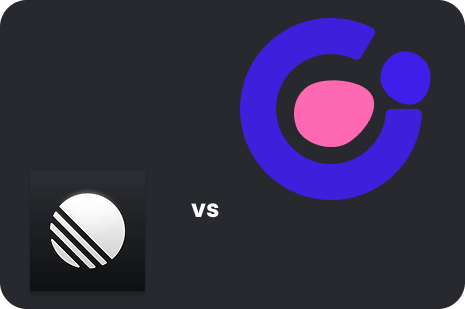
Linear vs Lalye: Choosing the Best Platform for Product Teams
For product-focused teams, speed, clarity, and alignment are non-negotiable. Linear has gained popularity for its ultra-fast issue tracking and minimalistic design. But when it comes to aligning tasks with goals, Lalye offers a more comprehensive solution built with OKRs and performance at its core.
Linear: Speed and Simplicity for Issue Tracking
Linear shines when it comes to bug tracking, sprint planning, and engineering workflows. It’s beloved by developers for its clean interface and keyboard-first navigation. However, Linear focuses almost entirely on tasks and lacks native support for goal-setting frameworks or cross-team alignment.
Lalye: The Mission Control for High-Performing Teams
Lalye goes beyond task management. It integrates OKRs, KPIs, Kanban boards, Calendars, a collaborative Wiki, and a powerful AI assistant (Luna AI) — all in one platform designed for team alignment and delivery.
Feature Comparison
- Speed & UX: Both platforms are fast, but Lalye combines speed with deep strategy tools like OKRs and KPIs.
- Goal Alignment: Lalye integrates goals and performance tracking by default. Linear doesn’t offer OKR support.
- AI Assistant: Lalye’s Luna AI helps teams write, organize, analyze, and plan faster. Linear lacks built-in AI features.
- Multi-view Modes: Lalye offers List, Timeline, Calendar, and Kanban. Linear primarily focuses on issue boards.
Why Switch to Lalye?
- Goal-driven workflow: Perfect for teams that want to align execution with strategy.
- Cross-functional collaboration: From product to marketing, everyone can use the same workspace.
- Built-in analytics: Track progress and performance directly, without external dashboards.
- Designed for scale: Lalye adapts to growing teams with structured features.
Linear is a great tool for development-focused teams with tight issue cycles. But if your team wants to combine execution with measurable outcomes and a centralized workspace, Lalye is the smarter choice.